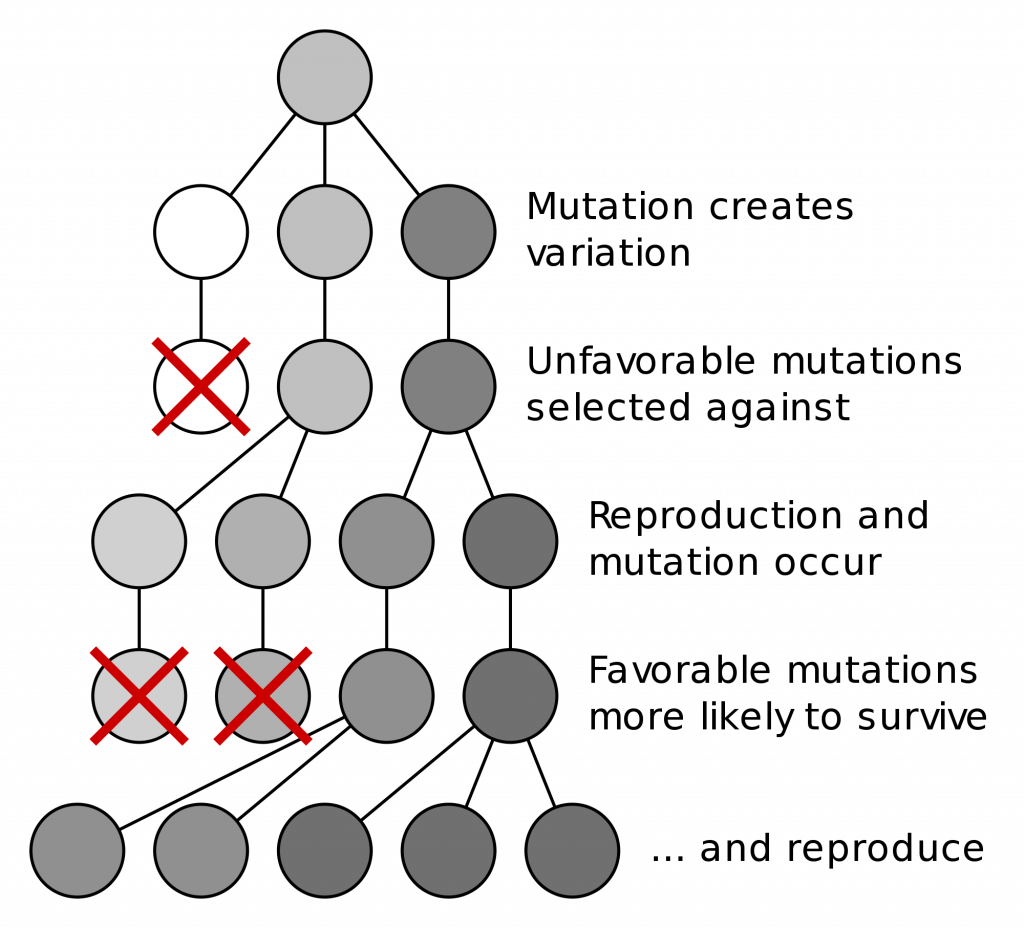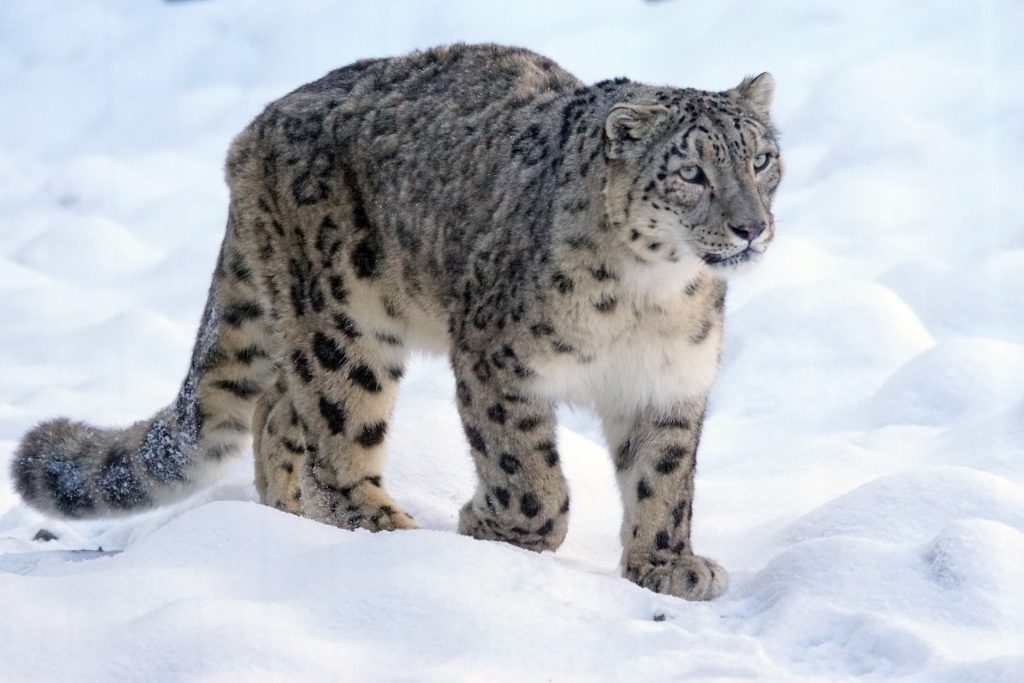15.1 Variation and Evolution
Natural selection can only take place if there is genetic variation, or differences, among individuals in a population. Importantly, these differences must have some genetic basis; otherwise, the selection will not lead to change in the next generation. This is critical because nongenetic reasons can cause variation among individuals. For example, an individual’s height can be influenced by nutrition in addition to different genes.
Mutation, a change in DNA, is the ultimate source of genetic variation in any population. Mutations occur by chance and NOT to solve a particular challenge. Gene variants that arise by mutation and exist at the same relative locations on homologous chromosomes are called alleles.
The genetic changes that mutation causes can have one of three outcomes on the phenotype. 1) A mutation may affect the organism’s phenotype in a way that gives it reduced fitness—lower likelihood of survival or fewer offspring. 2) A mutation may produce a phenotype with a beneficial effect on fitness. 3) Most commonly, a mutation may have no effect on the phenotype’s fitness. We call this third category neutral mutations. It is also important to remember that some mutations will have a small effect and others a large effect on the fitness of the organism that expresses them in their phenotype.

We call a heritable trait that helps an organism’s survival and reproduction in its present environment an adaptation. Scientists describe groups of organisms adapting to their environment when a genetic variation occurs over time that increases or maintains the population’s “fit” to its environment. A platypus’s webbed feet are an adaptation for swimming. A snow leopard’s thick fur is an adaptation for living in the cold. A cheetah’s fast speed is an adaptation for catching prey. Adaptations are all a result of new mutations that resulted in a beneficial effect on fitness.

Whether or not a trait is favorable depends on the current environmental conditions. The same traits are not always selected because environmental conditions can change. For example, consider a plant species that grew in a moist climate and did not need to conserve water. Large leaves were selected because they allowed the plant to obtain more energy from the sun. Large leaves require more water to maintain than small leaves, and the moist environment provided favorable conditions to support large leaves. After thousands of years, the climate changed, and the area no longer had excess water. The direction of natural selection shifted so that plants with small leaves were selected because those populations were able to conserve water to survive the new environmental conditions.
the differential survival and reproduction of organisms due to differences in phenotype; evolutionary process in which organisms with favorable traits survive and reproduce at higher rates, while organisms with less favorable traits survive and reproduce at lower rates
a change in DNA sequence. Mutations can be as simple as a single nucleotide substitution or as complex as a chromosome rearrangement.
one of two or more versions of a gene
observable traits of an organism
ability of an organism to produce offspring, as compared to other individuals of the population
heritable trait or behavior in an organism that aids in its survival and reproduction in its present environment

